- HOME
- Technical Information
- TORELINA™ PPS Resin
- Various Properties
- Thermal Properties
- PVT Properties
PVT Properties
For thermoplastic resins including PPS, the specific volume (units: cm3/g, the reciprocal of the density) varies depending on the pressure, regardless of whether they are in the solid or molten state. This compressibility of a resin is expressed as the relationship between the pressure, specific volume, and temperature (PVT properties). These properties are mainly used for warpage deformation analysis with CAE.
In general, the warpage deformation of molded products are regarded as being due to uneven shrinkage. Shrinkage occurs due to various combined factors such as materials (anisotropy and crystallinity), product shape (rib structure, wall thickness, etc.), and molding conditions. In injection molding, after the mold cavities are filled with molten resin, cooling is performed while the pressure is retained (holding pressure process), until gate sealing (solidification), to suppress mold shrinkage. If the holding pressure force received by the molded product is uneven, the mold shrinkage is small in those portions where the pressure is high, but large in those portions where the pressure is low, causing shrinkage differences among regions, which results in warpage deformation. In warpage deformation using CAE, PVT properties are used to predict the mold shrinkage after the mold is released from such pressure and temperature distributions in the mold and to improve the analysis accuracy.
The PVT properties of various grades of TORELINA™ are shown in Figs. 6.22 to 6.30.
[General reinforced grades]
1 A504X90 (standard) and A604
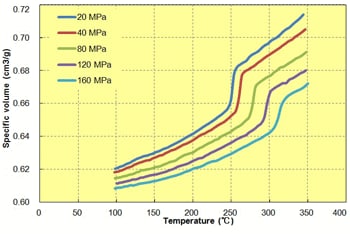 Fig. 6.22 Temperature dependence (A504X90)
Fig. 6.22 Temperature dependence (A504X90)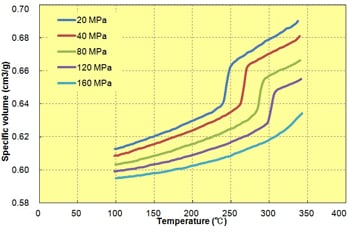 Fig. 6.23 Temperature dependence (A604)
Fig. 6.23 Temperature dependence (A604)
2 A310MX04 (standard) and A610MX03
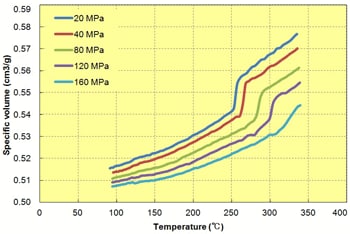 Fig. 6.24 Temperature dependence (A310MX04)
Fig. 6.24 Temperature dependence (A310MX04)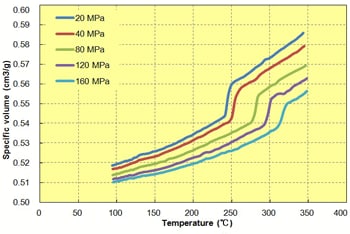 Fig. 6.25 Temperature dependence (A610MX03)
Fig. 6.25 Temperature dependence (A610MX03)
[Elastomer improvement grades]
3 A673M, A575W20, and A495MA2
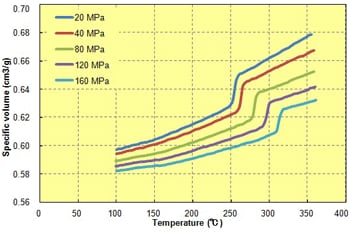 Fig. 6.26 Temperature dependence (A575W20)
Fig. 6.26 Temperature dependence (A575W20)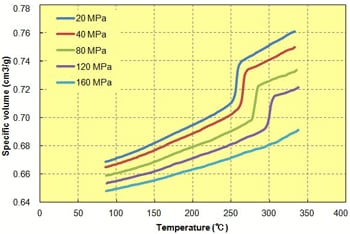 Fig. 6.27 Temperature dependence (A673M)
Fig. 6.27 Temperature dependence (A673M)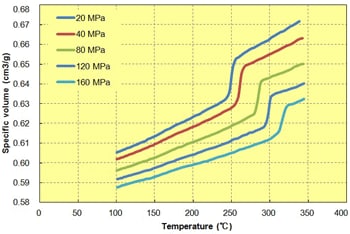 Fig. 6.28 Temperature dependence (A495MA2)
Fig. 6.28 Temperature dependence (A495MA2)
[Unreinforced grades]
3 A900 and A670T05
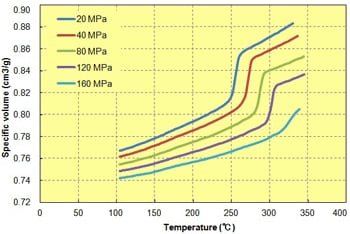 Fig. 6.29 Temperature dependence (A900)
Fig. 6.29 Temperature dependence (A900)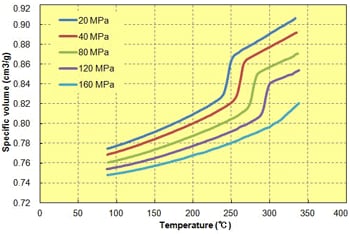 Fig. 6.30 Temperature dependence (A670T05)
Fig. 6.30 Temperature dependence (A670T05)